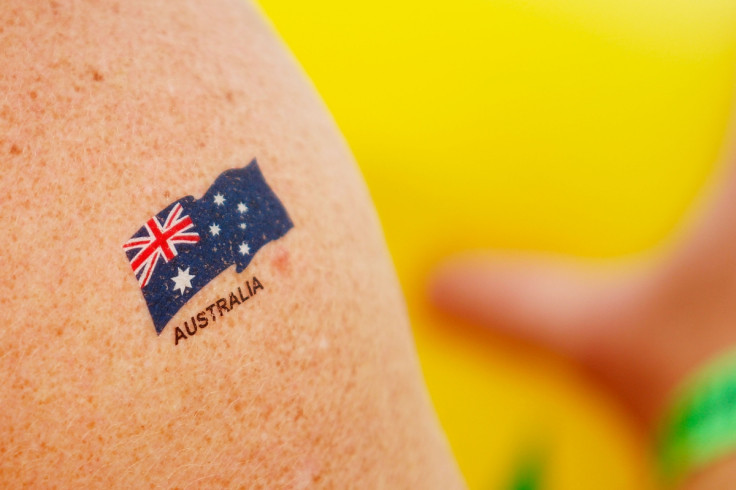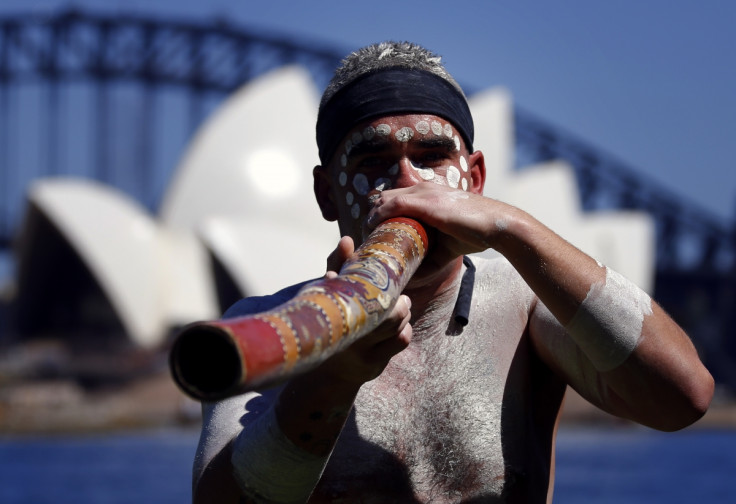Australia Day: What is it and what is the history behind it?
Australia Day marks the anniversary of the arrival of the First Fleet of 11 convict ships from Great Britain.

Australians are celebrating their national public holiday with festivals, parties and ceremonies taking place across the country. Australia Day, observed annually on 26 January, marks the arrival of the first fleet of convict ships from Britain in 1788, but now celebrates contemporary Australia and its vibrant society, cultures and landscape.
What is the history behind Australia Day?
Australia Day marks the anniversary of the arrival of the First Fleet of 11 convict ships from Great Britain, and the raising of the Union Jack at Sydney Cove by its commander Captain Arthur Phillip, in 1788.
Documents dating back to the 19th century recorded the earliest Australia Day celebrations, referring to First Landing Day or Foundation Day. Immigrants who had prospered in New South Wales – and the offspring of convicts – began to hold annual dinners.
Governor Lachlan MacQuarie, who had influence on the transformation from penal colony to free settlement, made the 30th anniversary of the day a public holiday in 1818.
The tradition of having Australia Day as a national holiday on 26 January is a recent one, however. All the Australian states and territories began to mark the date with the name Australia Day in 1935. In 1994, it was made a public holiday.
Why is it also referred to as Invasion Day?
The refusal to celebrate Australia Day is part of an ongoing fight for the recognition of the abuse of Indigenous people's rights. To this day, rallies and protests marking the Day of Mourning – dubbed by some as Invasion Day – are held on Australia Day.

First held in 1938, Invasion Day demonstrations marked the mistreatment and seizure of land when the first ships landed. The first march was organised by two bodies. One protest was held in Victoria by the Australian Aborigines League, which was led by William Cooper. The other was organised by the Aborigines Progressive Association in New South Wales, by Jack Patten.
A re-enactment of the original Day of Mourning was staged in 1998, in which around 400 protesters marched in silence along the original route and descendants of the original protesters read their speeches.
After deliberation, the Australian government issued a formal apology in February 1998 for the wrongs inflicted on Indigenous people by successive governments. Kevin Rudd, the prime minister at the time, read out the apology for the laws and policies that "inflicted profound grief, suffering and loss". Although it was met with cheers when broadcast, some critics said they should have received compensation, as well as recognition of the injustice suffered.
Particular attention was drawn to the Stolen Generations – the young Aboriginal children who were taken from their parents by Australian Federal and State government agencies for reasons of racial assimilation.
From the late 1800s to the 1970s, church missions also removed the children, who were adopted or sent to institutions, allegedly for child protection and miscegenation. It was believed that exposing the children to "Anglo values" would prevent their languages, culture and identities from being passed on.
© Copyright IBTimes 2025. All rights reserved.




















